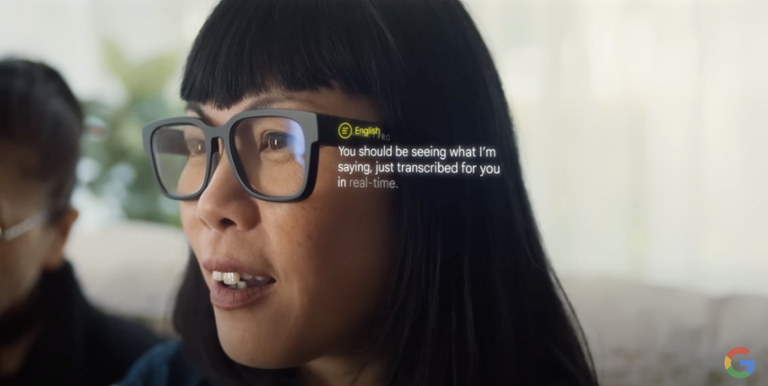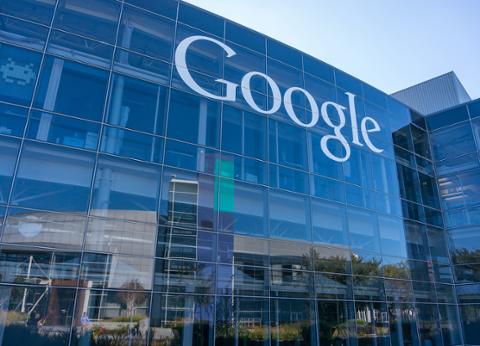During its annual I/O conference, Google revealed a pair of augmented reality (AR) glasses with a very specific capability: real-time language translation superimposed right on the lenses.
Positioned as “subtitles for the world” in a promotional video (below), these glasses will (in theory) allow wearers to instantly translate anyone speaking to them in another language. The system is now in prototype with an uncertain release date.
Provided these glasses actually hit the market someday (this isn’t Google’s first attempt at creating a device that offers real-time translation), they’ll demonstrate how the search-engine giant might try to use its massive databases and machine-learning models to create a product with unique utility.
According to job postings, Google is currently hiring for an AR project of some sort, but it’s an open question whether it’s the translation glasses or something totally different. Those postings suggested Google wants technologists who are skilled in the Linux kernel and driver model as well as real-time operating system (RTOS) development. If the company is trying to build a more general-use AR platform, the eventual software might run on Android or Fuchsia.
Google’s nascent AR efforts face a good deal of competition from Meta (formerly Facebook), which is pretty much betting its existence on a “metaverse” of AR and VR apps. Amazon and Apple are also reportedly hard at work on their own versions of AR goggles and apps, although details are scarce about those platforms’ final form.
As with any Google initiative, the big question is whether the company will stick with an AR initiative for the long term. Google has a long history of killing off projects with precious little warning (just visit the Google Cemetery to see all the casualties over the years); for a recent example, look at how its Stadia game-streaming initiative has languished over the past several quarters. If Google wants third-party developers to build for any kind of AR platform, it will need to convince them that it will continue to offer support.


